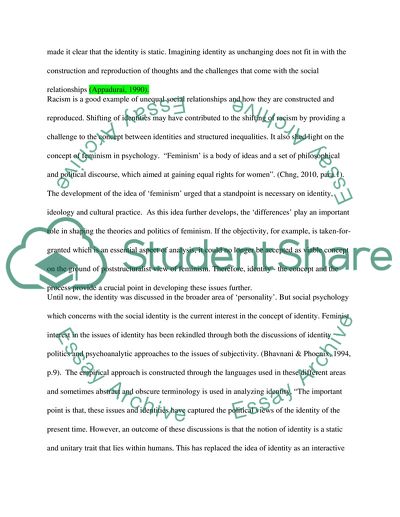Cite this document
(The Impact of Cultural Differences on the Identity of Women Married wi Research Paper, n.d.)
The Impact of Cultural Differences on the Identity of Women Married wi Research Paper. Retrieved from https://studentshare.org/social-science/1735877-multiple-identities-investigating-the-impact-of-cultural-differences-on-women-in-marriages-where-one-or-the-other-partner-is-expatriate
The Impact of Cultural Differences on the Identity of Women Married wi Research Paper. Retrieved from https://studentshare.org/social-science/1735877-multiple-identities-investigating-the-impact-of-cultural-differences-on-women-in-marriages-where-one-or-the-other-partner-is-expatriate
(The Impact of Cultural Differences on the Identity of Women Married Wi Research Paper)
The Impact of Cultural Differences on the Identity of Women Married Wi Research Paper. https://studentshare.org/social-science/1735877-multiple-identities-investigating-the-impact-of-cultural-differences-on-women-in-marriages-where-one-or-the-other-partner-is-expatriate.
The Impact of Cultural Differences on the Identity of Women Married Wi Research Paper. https://studentshare.org/social-science/1735877-multiple-identities-investigating-the-impact-of-cultural-differences-on-women-in-marriages-where-one-or-the-other-partner-is-expatriate.
“The Impact of Cultural Differences on the Identity of Women Married Wi Research Paper”, n.d. https://studentshare.org/social-science/1735877-multiple-identities-investigating-the-impact-of-cultural-differences-on-women-in-marriages-where-one-or-the-other-partner-is-expatriate.


